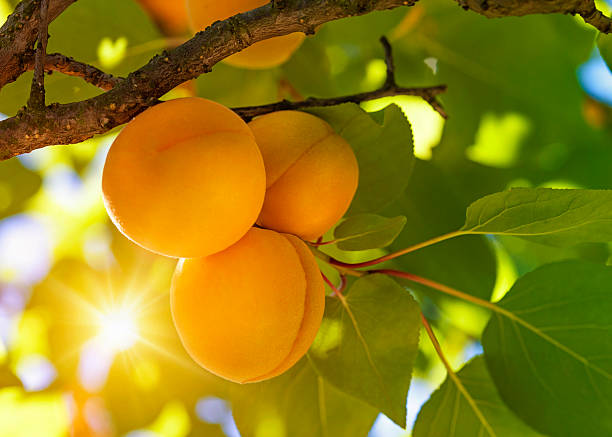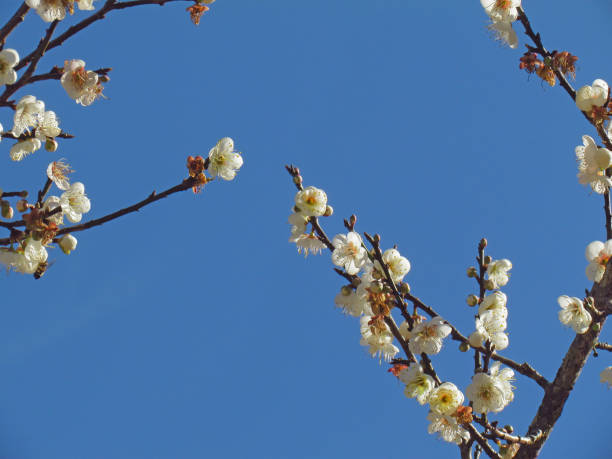Where Do Apricots Grow?
Apricots like to grow in a continental climate. Dry weather is usually the best for apricot fruits to grow. Often, apricot cultivars are grafted onto peach or plum rootstocks. This helps the apricot grow in a certain way. They come in many different varieties, like apriums, plumcots, pluots, apriums, and apriumplums, all of which are mixed plum and apricots. Because some apricot cultivars don’t need pollinator trees, they can grow independently. On the other hand, they need to be planted in pairs to pollinate each other.

Table of Contents
How to Pick a Growing Spot
The apricot’s delicate nature necessitates a specific topography and weather conditions. Droughty California valleys are where most apricots are grown in the US. The state of Washington, which has a cooler climate but is still temperate, also has a small population of these plants.
Try to locate your apricot tree in a location that gets a lot of sunlight, especially in the winter months. To enter their dormant state, apricots require a temperature of less than 45°F (7.2°C) for a period of time. During this period, the blossoms of fruit-bearing plants are set. Flowering occurs when the weather warms up.
When the apricot tree gets hit by a late-spring frost that kills the blossoms, it’s hard to figure out where it should be placed. Make sure your tree is near a wall that gets the sun every day. This heat radiates from the tree to keep it warm during a spring frost that comes up out of nowhere. Also, weeding or mulching around the tree’s trunk and watering also helps protect it from the cold. Putting a blanket over the tree during a freeze also helps protect the blossoms from the cold.

Growing Apricot
Three to four years after planting, apricot trees typically produce fruit. Give your tree the attention it needs to ensure a successful harvest.
- Make sure your tree is anchored in windy areas. The first year of your apricot tree’s life is the best time to stake it to avoid it from falling over in high winds.
- Pruning should be done before the new growing season each spring. Suppose the top of your apricot tree is lush and green, but the bottom is wilting. In that case, the bottom layer isn’t getting enough sunlight, and you should prune the top of the tree to remedy the situation. It should be pruned if a branch is more than six years old or has stopped producing fruit. Dead or diseased branches should be removed with yearly pruning. Allow your apricot tree to get more sunlight and air circulation by cutting back on its branches.
- Feed your plants late in the season (winter and summer). Your apricot tree’s health can be improved by using a fertilizer with low nitrogen content. Using fruit tree fertilizer spikes is convenient to ensure that your tree receives a steady supply of nutrients from the soil around it.
- Cut your apricot fruit in half when you need to. It’s better to cut down on the apricot fruits that are misshapen, damaged, or diseased, so there are more resources for the healthy apricot fruits to grow.
- Keep an eye out for diseases. Bacterial canker and brown rot, two common diseases of apricot trees, affect them. Fungicide sprays are effective against brown rot.
- Protect your tree from pests. Peach twig borers and aphids are the most dangerous pests to deal with. Cut down on the number of stone fruit tree pests like peach twig borers by spraying insecticide on your plants before blooming and again when the flower petals fall. Spray the tree with water from your garden hose to get rid of aphids.
- Aim for a late-summer harvest. When in doubt about whether an apricot is ready to be picked, give it a gentle twist and see if the fruit easily comes off the stalk. Wait a little longer before harvesting if you have to yank too hard.
